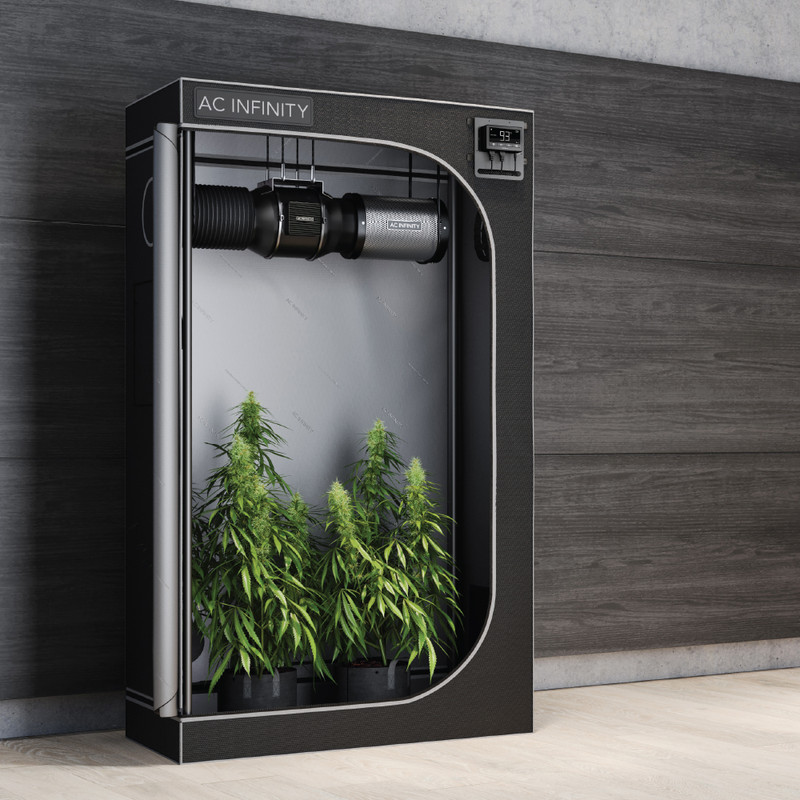3 Techniques You Need to Optimize Your Grow

The quality of your grow can vary depending on the amount of work and care you put into it. And while growing is more involved than simply planting seeds and watering them, the steps you need to take afterward are not complicated. We have covered several topics on growing techniques you can use that when put together, help maximize your yield. So as a recap, here are three techniques you can use to produce greater buds.
Air Pruning
When using conventional solid clay pots, roots will grow straight down, coil at the bottom, and take in fewer nutrients. This leaves the soil above the roots underutilized while the plant chokes itself. To prevent this, your plant’s roots must create a wider network that covers the entirety of the soil it is in. To create this wider network, the roots must be air pruned.
When roots meet open air, their tips die shrivel up, and must develop more root branches and create a fibrous mass. New roots sprout from main branches and spread out to other areas of your soil supply. By developing more roots, your plant can soak up more water and nutrients to increase yields that result in bigger buds. Planters such as fabric pots allow roots to penetrate its walls, while also draining excess water thanks to their permeability. More on air pruning in our April blog post.
Low-Stress Training
As your plants develop, their exposure to light changes as the canopy blocks them from the rest of your plant. This limits the number of bud sites and the growth potential for more yields. In addition, your plant increasingly has a harder time staying upright, subjecting itself to poorer stem health. When low stress training your plants, you utilize the entirety of its body by inducing horizontal growth. Pulling down the branches during the vegetative stage, during which your plant is at its most pliable, will expose the entire body to more light. Use trellis nets to help keep your plants upright or hold them down so that they grow horizontally.
Maintain Proper Ventilation
Whereas the previous techniques are supplemental in growing your plants, ensuring your grow space is environmentally stable is of utmost importance. This involves putting an inline exhaust fan system in place to expel hot and stale air from your grow tent, with the option of using an intake fan to bolster the amount of fresh air coming in. Additionally, installing a carbon filter will help mitigate any smells from escaping.
When putting your ventilation system together, set the active exhaust fan at the top of your grow space. Heat naturally rises so placing your inline fan where warm air is concentrated will best expel it. Whether you use an active intake fan, make sure you have an opening at the bottom of your grow space, where cooler air resides.
Properly ventilating your grow space will help you maintain control over its climate. The ability to manipulate your indoor grow space will enable you to mimic conditions in which your selected plant grows. One way to facilitate this control is to automate your inline fans based on the time of day and your climate conditions. The use of smart controllers like CONTROLLER 67 will help you keep your grow space from getting too hot or humid.
